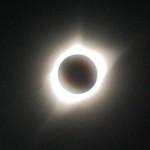Things to Love #6: NASA
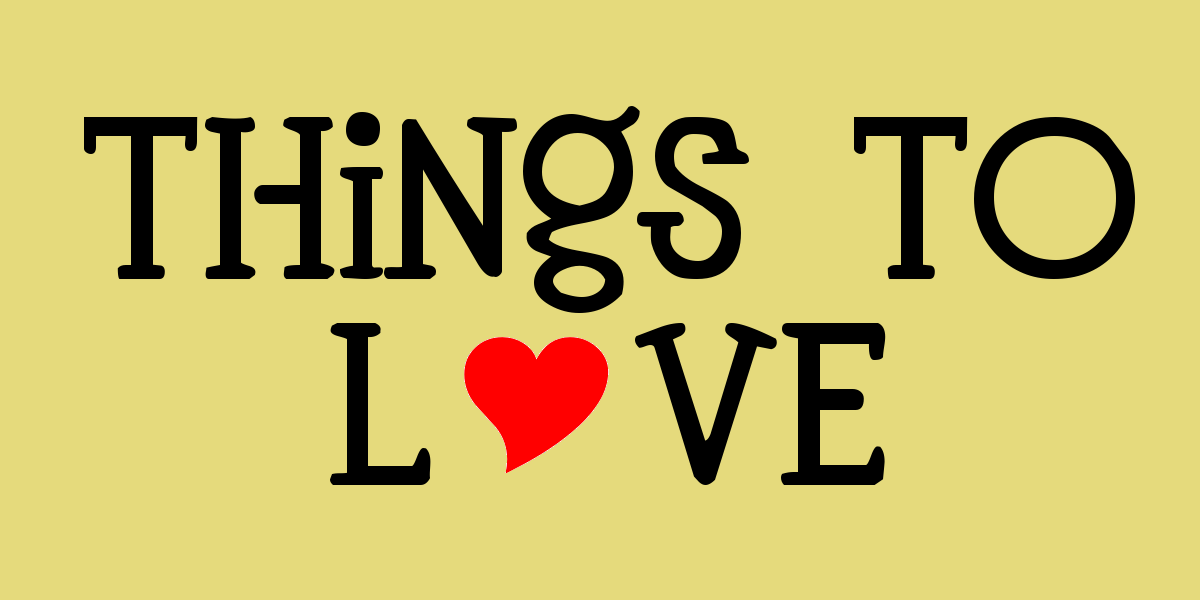 There’s no way to properly describe or summarize all that is awesome about NASA in one blog post. So I won’t try. But I hope to give you a taste of some of what I love about the organization, providing a reference for you to dig deeper. Any group whose motto is something like NASA‘s—”For the Benefit of All”—has plenty to like.
There’s no way to properly describe or summarize all that is awesome about NASA in one blog post. So I won’t try. But I hope to give you a taste of some of what I love about the organization, providing a reference for you to dig deeper. Any group whose motto is something like NASA‘s—”For the Benefit of All”—has plenty to like.
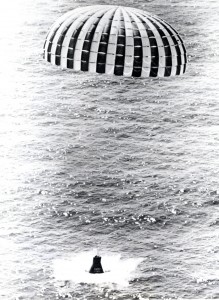
“Little Joe” 5B launched a Mercury spacecraft in a high-Q-abort test. The ring-sail parachute lands the spacecraft off the shore of Wallops Island, Virginia. Seven unmanned Little Joe rockets were launched at Wallops Island, Virginia, from August 1959 to April 1961. Text and Image: NASA
Missions, the Space Race, History
There have been a plethora of manned and unmanned missions in the past many decades. Here are some of the notable ones.
Manned Missions:
- Project Mercury (1959–63)
- Project Gemini (1961–66)
- Project Apollo (1961–72)
- Skylab (1965–79)
- Space Shuttle program (1972–2011)
- International Space Station (1993–present)
Unmanned Missions:
- Pioneer program (1958–1978)
- Mariner program (1963–1973)
- Voyager program (1977)
- Magellan probe (1989)
- Galileo probe (1989)
- Hubble Space Telescope (1990)
- Mars Exploration Rovers (2003)
- Pluto’s New Horizons (2006-present)
And, if you don’t see your favorite mission listed here, NASA has an A-Z index of all of their missions.
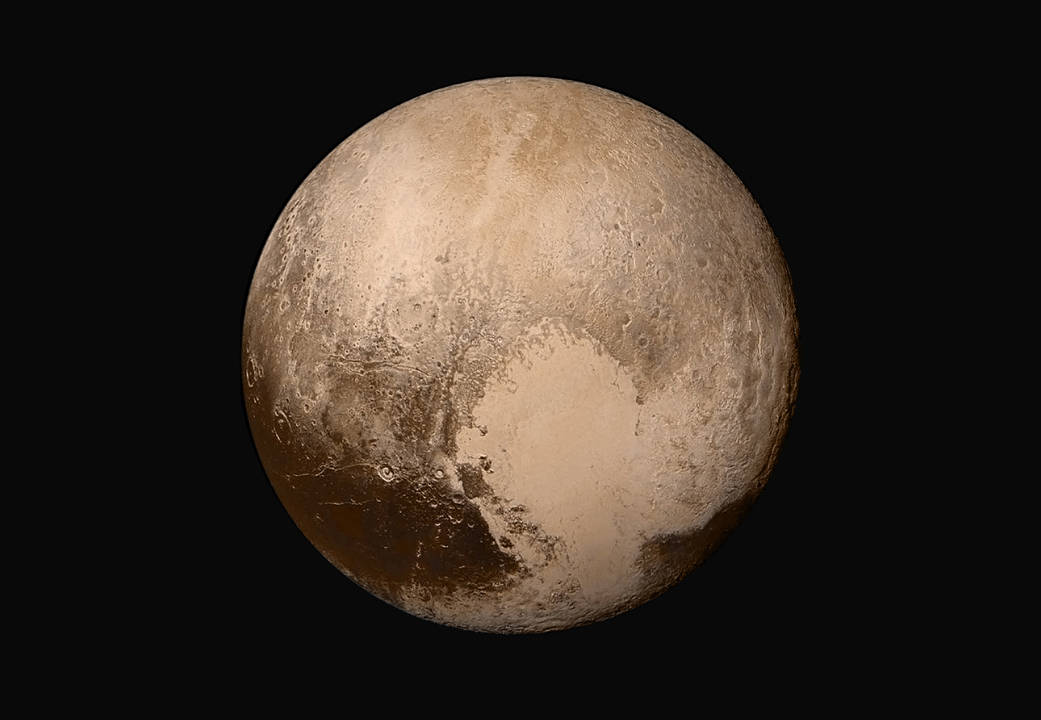
Four images from New Horizons’ Long Range Reconnaissance Imager (LORRI) were combined with color data from the Ralph instrument to create this sharper global view of Pluto. (The lower right edge of Pluto in this view currently lacks high-resolution color coverage.) The images, taken when the spacecraft was 280,000 miles (450,000 kilometers) away from Pluto, show features as small as 1.4 miles (2.2 kilometers). That’s twice the resolution of the single-image view captured on July 13 and revealed at the approximate time of New Horizons’ July 14 closest approach. Text: NASA, Image: NASA/JHUAPL/SwRI
Educational Resources
NASA offers images, references, activities, and all kinds of publications available for free to the public. The free ones are digital, but if you want something in print, they have that, too (probably for a small fee for production and mailing costs). But if you’re looking for any kind of science material for K-12 and beyond, NASA has something to offer. The site has lesson plans, images, videos, analysis, projects, and entire books on things like rocketry for kids. They make apps and podcasts, too. According to their website, they have three educational goals:
- Strengthening NASA and the Nation’s future workforce
- Attracting and retaining students in science, technology, engineering and mathematics, or STEM, disciplines
- Engaging Americans in NASA’s mission
They also have an Astronomy Picture of the Day, a different image every day. Check it out.
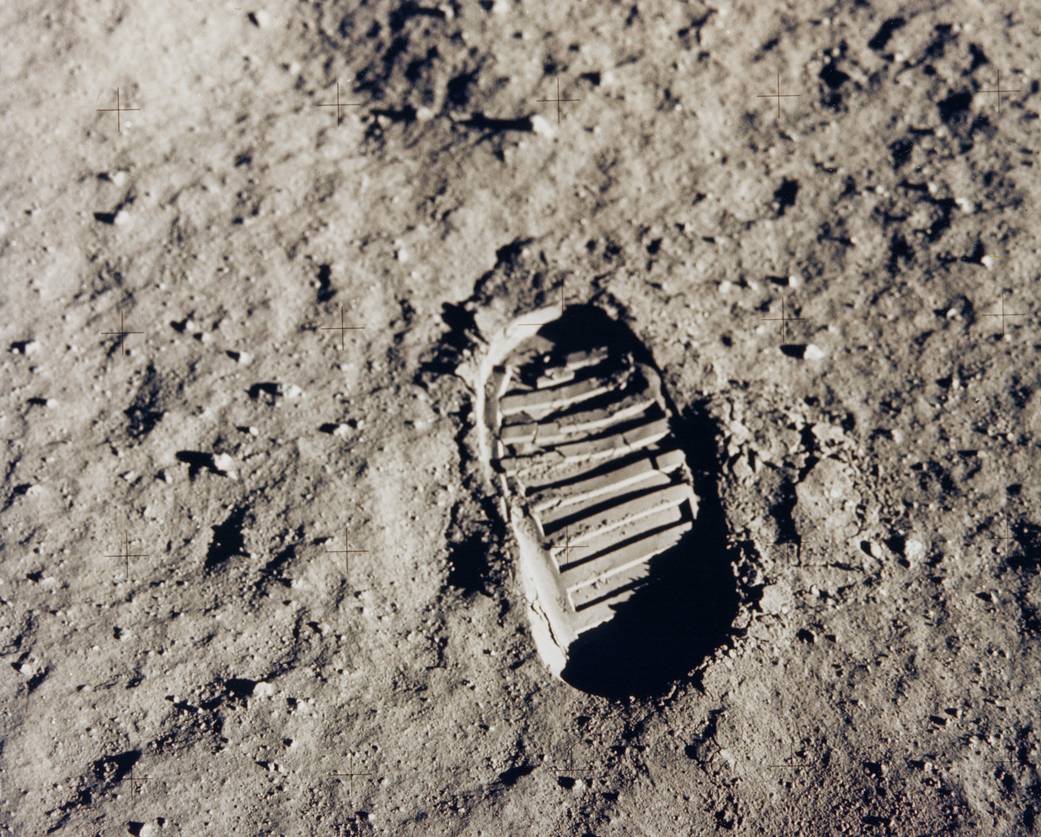
One of the first steps taken on the Moon, this is an image of Buzz Aldrin’s bootprint from the Apollo 11 mission. Neil Armstrong and Buzz Aldrin walked on the Moon on July 20, 1969. The Apollo 11 mission launched on July 16 on a Saturn V launch vehicle developed by NASA’s Marshall Space Flight Center in Huntsville, Alabama. Text and Image: NASA
NASA’s Legacy
Because of NASA’s missions, projects, and research, we are fortunate to have a lot of inventions and products that we wouldn’t ordinarily have. NASA comes up with a problem that needs to be solved, researchers, engineers, and designers solve it, and voila, society benefits as well. Oh, and they make ringtones. But they also put out a regular publication, also available online, called Spinoff, which details the many inventions that have benefited from NASA technology.
If you’re interested in some more conventional books about NASA or the space program, along with NASA tshirts, hats, patches, jumpsuits, and more, there are plenty to be had at Amazon.
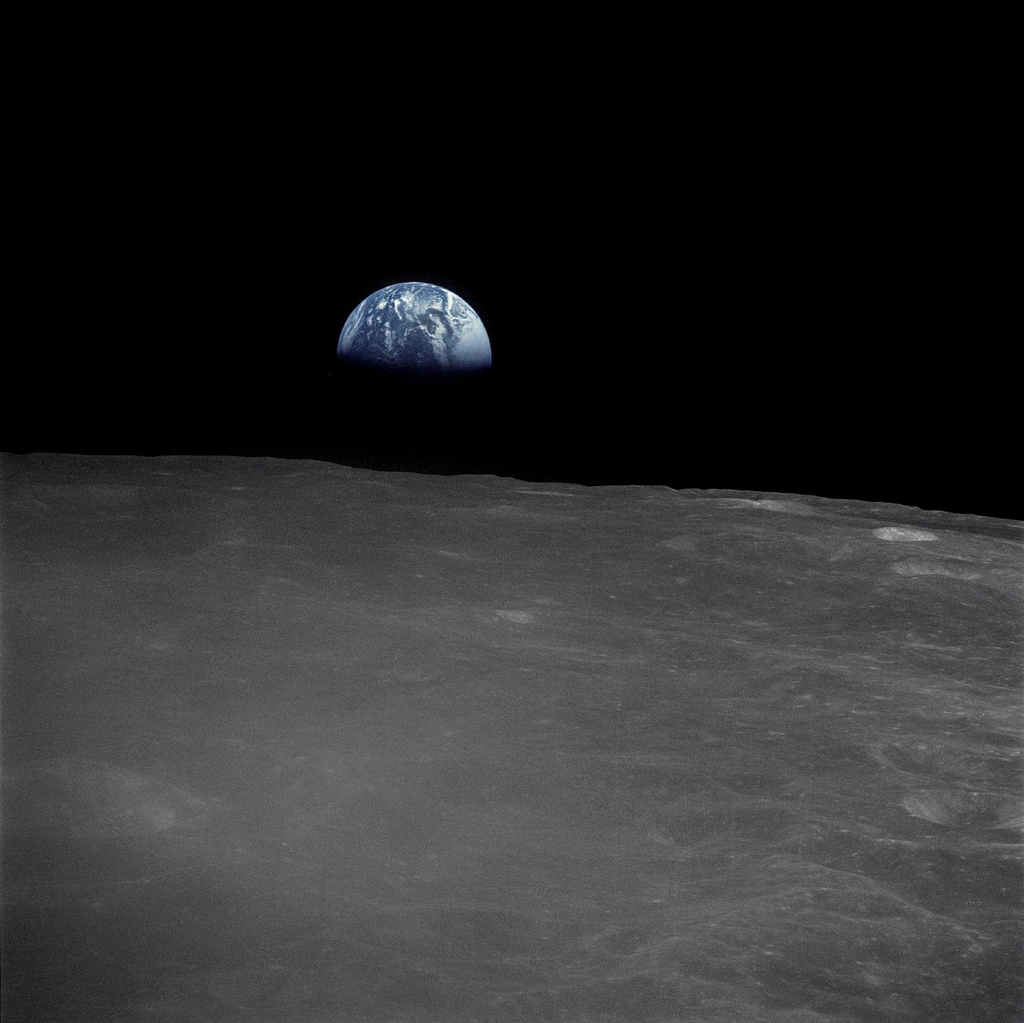
The Apollo 16 crew captured this Earthrise with a handheld Hasselblad camera during the second revolution of the moon. Identifiable craters seen on the moon include Saha, Wyld and Saenger. Much of the terrain seen here is never visible from the Earth, as the command module was passing over the far side of the moon. Apollo 16 launched on April 16, 1972 and landed on the moon on April 20. The mission was commanded by John Young; Thomas K. Mattingly II was the command module pilot and Charles M. Duke, Jr. served as the lunar module pilot. Image: NASA

